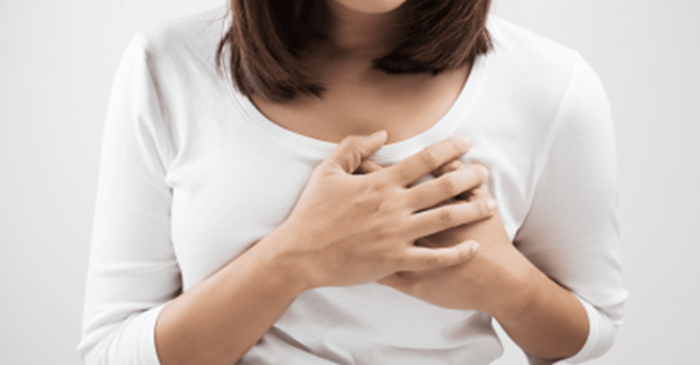Longevity, influence and the social media trap: Who do we trust with our health?
In a world where six-pack abs are flaunted more than six-point health plans, who are we really trusting […]

Many nursing women suffer from mastitis, a painful and frequently debilitating illness. It causes inflammation of breast tissue, which can result in infection, severe pain, and other consequences. Many mothers find it hard to continue breastfeeding once they get infected. But what is mastitis and does it make infected mothers so uncomfortable?
Mastitis is an inflammation of breast tissue that is frequently followed by infection. This condition causes breast tenderness, swelling, warmth, and redness, as well as flu-like symptoms such as fever and chills. While mastitis is most common in nursing women, it can also afflict non-lactating women and, in rare cases, men.
Mastitis typically occurs when milk is trapped in the breast, leading to infection. The primary causes include the following.
Blocked Milk Ducts: Incomplete emptying of the breast during feedings can cause milk ducts to become clogged, leading to milk stasis and infection.
Bacterial Infection: Bacteria from the skin’s surface or the baby’s mouth can enter the milk ducts through cracked or sore nipples, resulting in infection.
Infrequent Breastfeeding: Missing feedings or infrequent breastfeeding can lead to milk build-up and subsequent mastitis.
The symptoms of mastitis can develop suddenly and infected persons are likely to experience tenderness or warmth in the breast, general malaise or flu-like symptoms, swelling and pain in the affected breast, redness, often in a wedge-shaped pattern, a high fever of 101°F (38.3°C) or higher, among many other symptoms.
In order to diagnose mastitis, a medical professional will first perform some clinical examinations and then discuss symptoms. In some cases, to help direct the use of antibiotics, a sample of breast milk may occasionally be examined for bacterial infections. Ultrasounds and other imaging tests can be done to rule out abscess presence.
The primary goals in treating mastitis are to reduce symptoms and eliminate the infection. Treatment options include:
Antibiotics: If a bacterial infection is present, antibiotics are usually prescribed.
Pain Relief: Over-the-counter pain relievers like ibuprofen or acetaminophen can help reduce pain and inflammation.
Continued Breastfeeding: It’s crucial to continue breastfeeding or pumping to help clear the infection and maintain the milk supply. However, according to an article by WebMD which was Medically Reviewed by Poonam Sachdev, MD, breastfeeding is not recommended if you have an abscess or a collection of pus. You will need to get the abscess drained before you can continue breastfeeding.
Self-care Measures: Rest, increased fluid intake, and warm compresses applied to the affected breast can help alleviate symptoms.
Preventing mastitis involves maintaining good breastfeeding practices and breast hygiene. Here are some tips to help reduce the risk.
Proper Latching: Ensure your baby latches on correctly to promote efficient milk drainage.
Frequent Feedings: Breastfeed regularly and avoid missing feedings to prevent milk stasis.
Alternating Breasts: Regularly switch which breast you start feeding with to ensure both breasts are emptied adequately.
Avoiding Tight Clothing: Wear comfortable, non-restrictive clothing and bras to avoid compressing your breasts.

In a world where six-pack abs are flaunted more than six-point health plans, who are we really trusting […]

In the era of social media, post-COVID, and with mental health at the forefront, a shift is taking […]